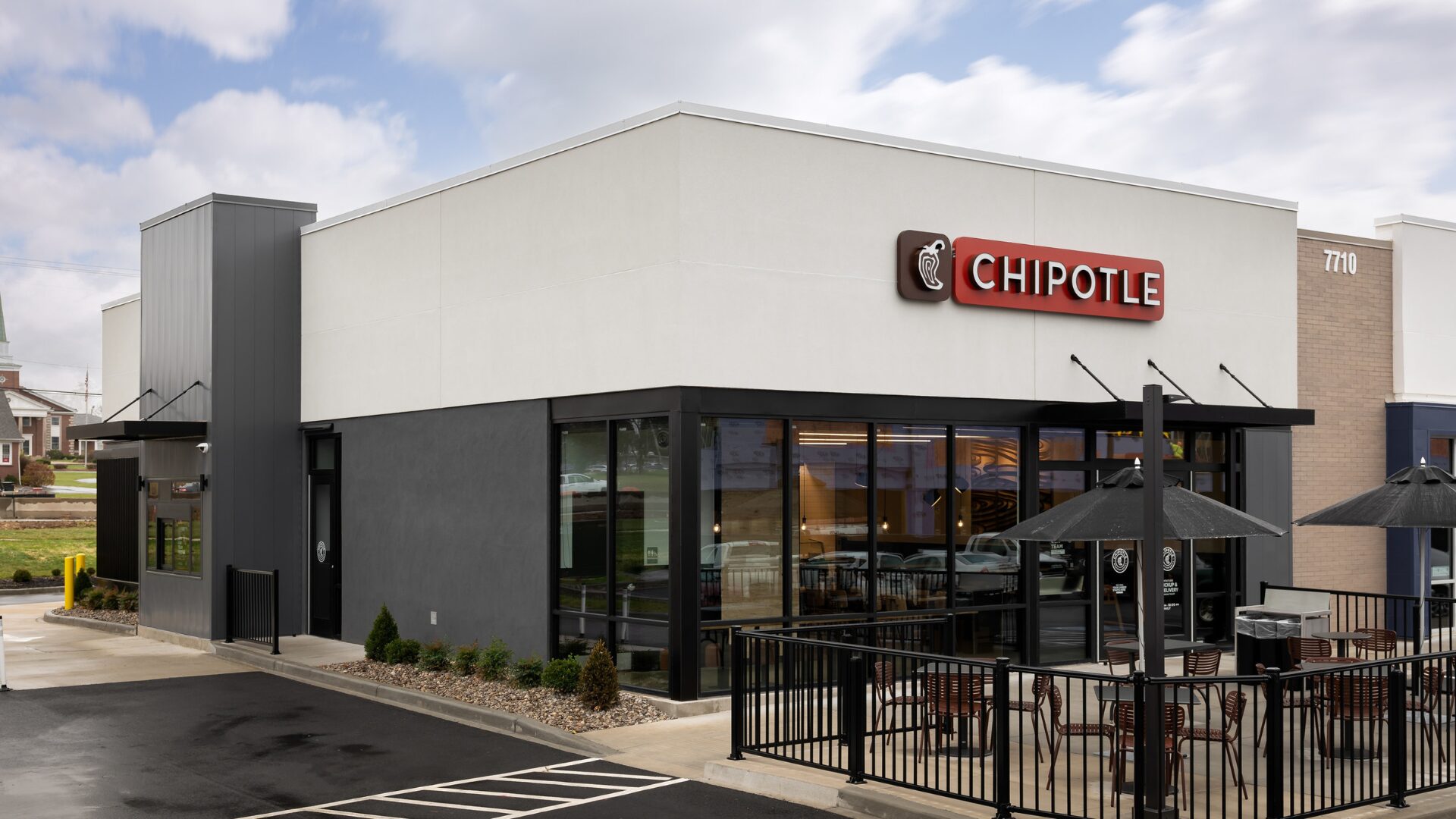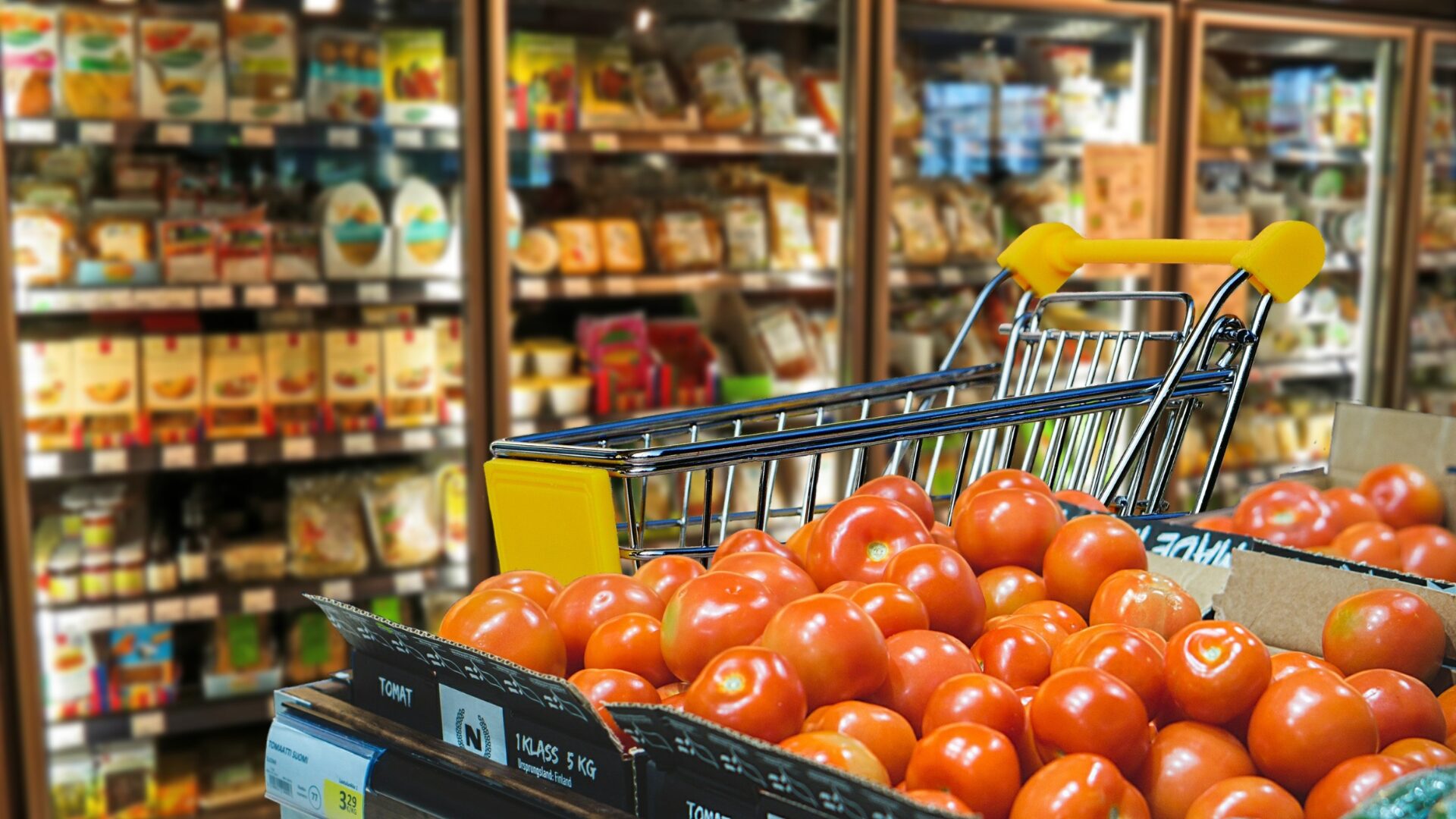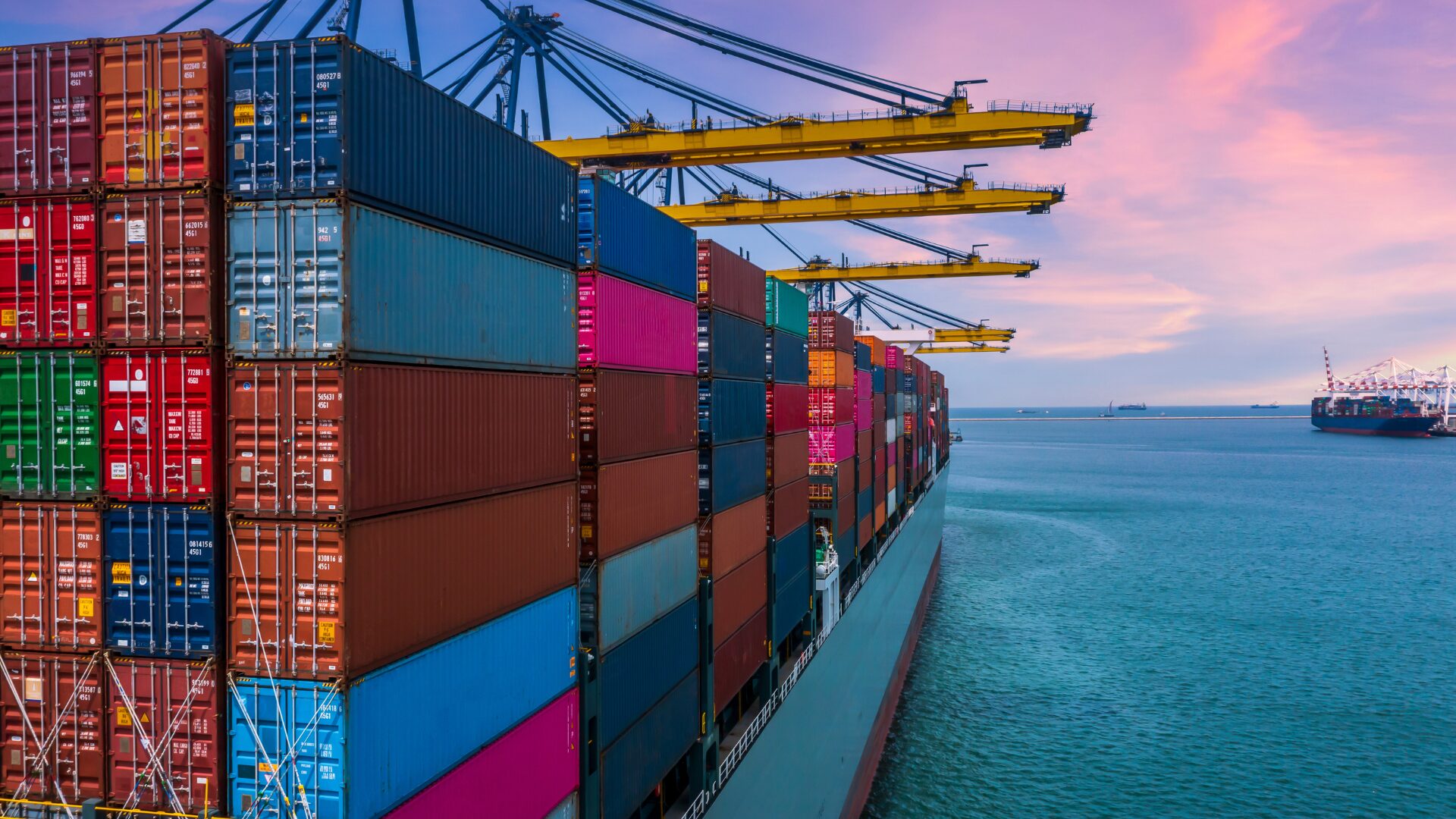Tag: trump administration
Tough immigration enforcement is squeezing farms as migrant workers fear ICE raids – meaning some crops are going unpicked overnight. With labor shortages surging, industry insiders warn of price hikes, food waste, and a looming agricultural breaking point.
Despite wage gains, food inflation continues to outpace earnings, leaving consumers increasingly anxious about grocery costs. Meanwhile, new tariffs threaten to disrupt the food industry, with stakeholders bracing for volatile pricing and potential shifts in shopper loyalty.
Steel and aluminum tariffs have risen significantly, and grocery prices may soon follow suit. From canned goods to premium imports, food brands face tough choices – shrinkflation, price hikes, or packaging pivots – to absorb escalating costs.
Amid an uncertain economic environment instigated by tariffs, C-suite executives across the U.S. are dialing back business expenditures. Meanwhile, President Donald Trump indicated he may alter course on his economic plan.
Despite Chipotle’s recent sales slump heading into 2025, investors are not worried about the future of the company. Although Chipotle stock has fallen 27% since December 6, its modest performance is peanuts compared to the fast casual sector, and its historic strength signals it can brace the bump.
Despite the 90-day pause on many of the reciprocal tariffs impacting the F&B industry, retailers and manufacturers are feeling anything but calm. National Retail Federation data suggests the sector has adopted a conservative approach to the next quarter, with many retailers relying on built-up inventory.
Select U.S. states are considering bans on using SNAP benefits to pay for sugary snacks and sodas, causing controversial backlash between industry groups. If approved, the current administration would be the first to ban these specific foods from the program.
General Mills faces mounting challenges such as market volatility and cautious consumer behavior, as tariff pressures also begin to weigh on its performance. It begs the question: Can legacy brands reclaim their once-unshakable dominance?
Fresh tariff legislation is reshaping the food industry’s landscape, with skyrocketing costs and logistical hurdles threatening the flow of fresh produce across North America. To thrive in this era of uncertainty, businesses must embrace innovation, leveraging automated tools and real-time data to adapt swiftly and maintain supply chain efficiency.
Stricter immigration policies are set to worsen labor shortages in the restaurant industry, driving wages up by as much as $3 per hour and putting financial pressure on operators, according to industry data. Many mid-tier and independent establishments could face closures as a result.
Trump administration tariffs continue to warn the F&B sector; however, there are options to evade its impacts through careful sourcing strategies. Data and new technologies present opportunities for brands to take control of the situation.
Recent supply chain disruptions further prove that operators need to consider ways to integrate resilience into their approach. One key method is through integrating flexibility into shipment processes.
Manufacturers face a shifting landscape under the Trump administration, with potential deregulation in energy, labeling, and banking offering opportunities to lower costs and enhance access to capital, while also introducing risks like increased scrutiny from consumers and advocacy groups.
Donald Trump has nominated Brooke L. Rollins, a farm-raised leader of the America First Policy Institute, as his pick for agriculture secretary. She’s expected to focus on tightening regulations around foreign ownership of U.S. farmland.















